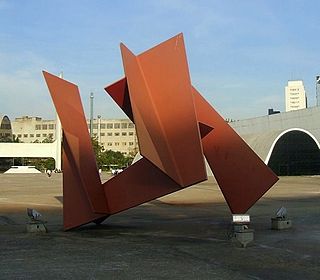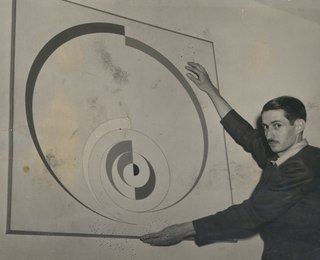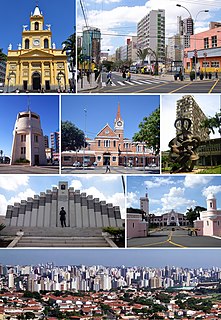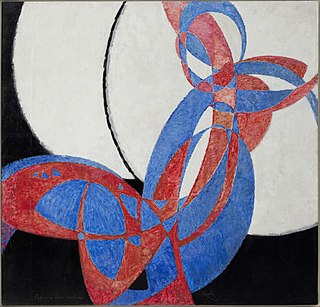
Hélio Oiticica was a Brazilian visual artist, sculptor, painter, performance artist, and theorist, best known for his participation in the Neo-Concrete Movement, for his innovative use of color, and for what he later termed "environmental art", which included Parangolés and Penetrables, like the famous Tropicália. Oiticica was also a filmmaker and writer.

Danilo Dueñas, has been a Professor at the Art Department of the University of The Andes, the School of Fine Arts of the National University of Colombia and at the Faculty of Fine Arts of the Jorge Tadeo Lozano University since 1990. In 1995, he participated in the exhibitions Mesótica and Transatlántica, curated by Carlos Basualdo at the Museum of Contemporary Art and Design in San José de Costa Rica and the Alejandro Otero Museum of Visual Arts in Caracas, respectively. In 1999, he was the recipient of the Johnnie Walker in the Arts Award granted by Paulo Herkenhoff, for his installation "Espacio Preservado II", presented at the Luis Ángel Arango Library. In 2001, two simultaneous retrospective exhibitions of his works were held at the Museum of Modern Art in Bogotá and the Museum of Art of the National University of Colombia. In 2003, another retrospective exhibition was held at the Museum of Contemporary Art of Caracas. In 2006, he was the international guest at the Caracas FIA and in 2008 he presented "Dentro del espacio expositivo" at Periférico Caracas, curated by Jesus Fuenmayor. His works are also represented in the Museum of Fine Arts in Caracas and the Museum of Modern Art in Rio de Janeiro. He is now part of the Artist Pension Trust Mexico. During the year 2011, Danilo Dueñas was a guest of the Artists-in-Berlin Programme of the DAAD.
Waltércio Caldas Júnior, also known as Waltércio Caldas, is a Brazilian sculptor, designer, and graphic artist. Caldas is best known as part of Brazil's Neo-Concretism movement as well as for his eclectic choices in materials.

Franz Josef Weissmann was a Brazilian sculptor born in Austria, emigrating to Brazil while he was eleven years old. Geometric shapes, like cubes and squares, are strongly featured in his works. He was one of the founders of the Neo-Concrete Movement.

Patricia "Patty" Phelps de Cisneros is a Venezuelan art collector and philanthropist who focuses on Latin American modernist and contemporary art from Brazil, Venezuela, and the Río de la Plata region of Argentina and Uruguay. Since the 1970s Cisneros has supported education and the arts, with a particular focus on Latin America. Along with her husband, Gustavo A. Cisneros, she founded the New York City and Caracas-based Fundación Cisneros. In the 1990s the Fundación's primary art-related program became the Colección Patricia Phelps de Cisneros. In 2016, Cisneros donated 102 modern and contemporary artworks from the 1940s to 1990s to the Museum of Modern Art, establishing the Patricia Phelps de Cisneros Research Institute for the Study of Art from Latin America at MoMA.

Colección Patricia Phelps de Cisneros (CPPC) is a privately held Latin American art organization based in Venezuela and New York City founded by Patricia Phelps de Cisneros and Gustavo Cisneros.
María Freire was a Uruguayan painter, sculptor, and art critic. She was one of the leading figures in the development of concrete art and non-figurative art in Uruguay. She was a co-founder the Grupo de Arte No Figurativo.
Waldemar Cordeiro was an Italian-born Brazilian art critic and artist. He worked as a computer artist in the early days of computer art and was a pioneer of the concrete art movement in Latin America.
Hércules Rubens Barsotti was a Brazilian painter, graphic designer, scenographer and costume designer. He was a member of the Neo-Concrete Movement.
Judith Lauand is a Brazilian painter and printmaker. She is considered a pioneer of the Brazilian modernist movement that started in the 1950s, and was the only female member of the concrete art movement based in São Paulo, the Grupo Ruptura.

Ivan Ferreira Serpa was a Brazilian painter, draftsman, printmaker, designer, and educator active in the concrete art movement. Much of his work was in geometric abstractionism. He founded Grupo Frente, which included fellow artists Lygia Clark, Helio Oiticica, and Franz Weissmann, among others, and was known for mentoring many artists in Brazil.

Juan Nicolás Melé was an Argentine sculptor, painter, and art critic. Melé was a member of the Asociación Arte Concreto-Invención as well as co-founder of the Grupo Arte Nuevo.
Carlos María "Rhod" Rothfuss was a Uruguayan-Argentine artist who specialized in painting and sculpture. He was considered a key theoretician for the development of the concrete art movement in Argentina in the 1940s and was a founding member of the international Latin American abstract art movement, Grupo Madí.
Hermelindo Fiaminghi was a Brazilian painter, designer, graphic designer, lithographer, professor, and art critic, known for his geometric works and exploration of color.
Geraldo de Barros was a Brazilian painter and photographer who also worked in engraving, graphic arts, and industrial design. He was a leader of the concrete art movement in Brazil, co-founding Grupo Ruptura and was known for his trailblazing work in experimental abstract photography and modernism. According to The Guardian, De Barros was "one of the most influential Brazilian artists of the 20th century."
Elbio Raúl Lozza was an Argentinian painter, draughtsman, designer, journalist, and theorist who was part of the concrete art movement. He was part of the Asociación Arte Concreto-Invención. He was the founder of the Perceptivist group.
Inés Katzenstein is an Argentine curator, art historian, and art critic who specializes in Latin American art.
Sarah Grilo was an Argentine painter who is best known for her abstract gestural paintings. Married to the artist José Antonio Fernández-Muro, she lived in Buenos Aires, Paris, New York and Madrid.

Yolanda Léderer Mohalyi was a painter and designer who worked with woodcuts, mosaics, stained glass and murals as well as more usual materials. Her early work was figurative, but she increasingly moved towards abstract expressionism. With artists such as Waldemar da Costa and Cicero Dias, she opened the way for abstraction in Latin American art.

















